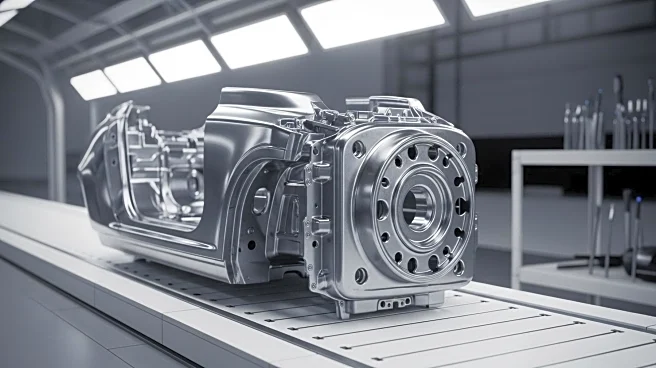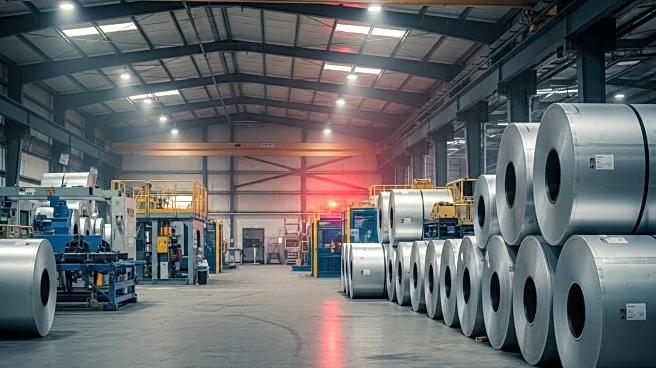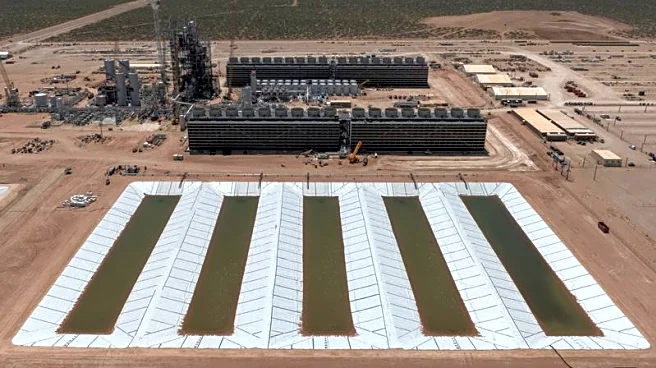What is the story about?
What's Happening?
Ford is expected to incur a financial loss of up to $1 billion following a fire at the Novelis aluminum factory in Oswego, New York. The fire, which occurred on September 16, has severely impacted the production of Ford's F-150 trucks, as the factory is a major supplier of aluminum for these vehicles. The fire has led to a pause in production at Ford's Dearborn, Michigan plant, which manufactures the F-150 electric pickup. The Novelis factory, which supplies aluminum to several automakers, is anticipated to remain largely non-operational until early 2026. Ford is actively working with Novelis to explore alternatives to mitigate disruptions.
Why It's Important?
The fire at the Novelis factory poses significant challenges for Ford, particularly affecting the production of its best-selling F-150 trucks. This incident adds to the existing pressures faced by American automakers, including tariffs on auto, aluminum, and steel, as well as a global semiconductor shortage. The financial impact of up to $1 billion could affect Ford's earnings and stock performance, which has already seen a decline. The situation underscores the vulnerability of supply chains and the potential ripple effects on other automakers like Stellantis and Toyota, who also rely on Novelis for aluminum.
What's Next?
Ford is expected to continue collaborating with Novelis to find solutions to minimize production disruptions. The company may need to seek alternative suppliers or adjust its production strategies to cope with the aluminum shortage. The investigation into the cause of the fire is ongoing, which could lead to further insights or preventive measures. Other automakers might also reassess their supply chain dependencies to avoid similar risks in the future.
Beyond the Headlines
The fire highlights the critical role of supply chain resilience in the automotive industry. It may prompt automakers to diversify their supplier base and invest in risk management strategies. The incident also raises questions about the safety protocols and infrastructure resilience at manufacturing facilities, potentially leading to industry-wide reviews and improvements.
AI Generated Content
Do you find this article useful?














